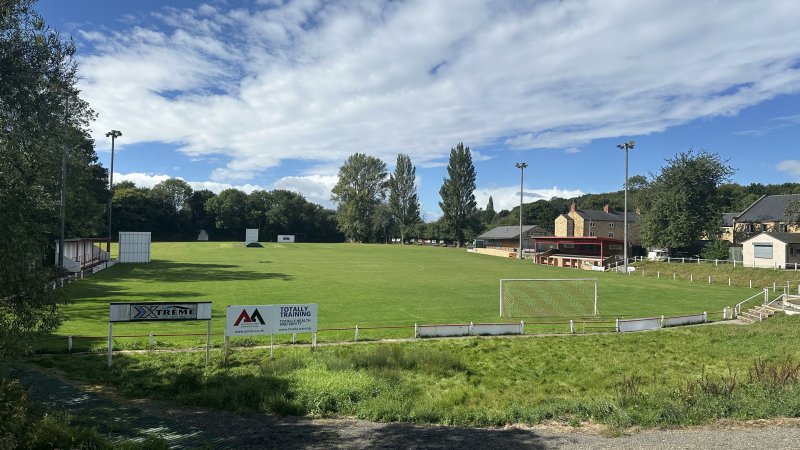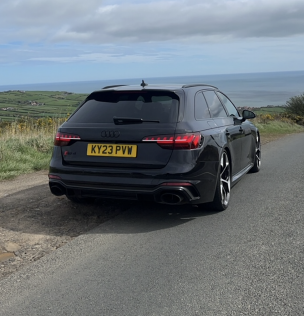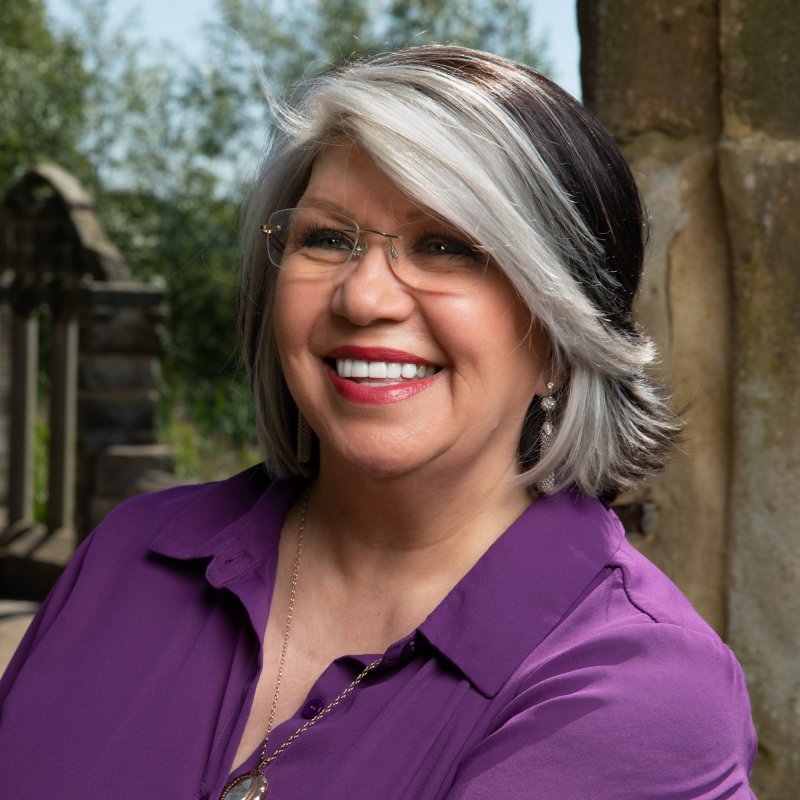‘IMMEDIATE’ action must now be taken to finally address road safety concerns across Barnsley - after government figures released this week revealed more accidents and more people are dying on the borough’s road network.
Annual statistics from the Department for Transport (DfT) for last year show 508 recorded casualties and nine deaths which, collectively, is an 18 per cent increase on the previous year’s figures.
The stark findings has prompted road safety campaigners - some of whom claim have been at loggerheads with highways bosses for years - to finally pour investment into worst-hit areas.
One of these is the A616 Whams Road - specifically Hazlehead’s crossroads - which has claimed two lives in the last five years but pile-ups followed in October last year before two more in April and May.
Despite campaigners’ calls for a speed limit reduction on the road - backed by councillors and ex-MP Miriam Cates - concerned locals say little has happened to reduce drivers’ speed or improve safety.
The Chronicle understands the last time an in-depth study was carried out was in 2009 through the South Yorkshire Local Transport Plan Partnership.
So-called ‘worst-first’ roads were named - including the crossroads - and it was concluded that the percentage of killed and serious collisions on the route is 45 per cent, which was ‘statistically significant’.
Road safety bosses - including from the council, South Yorkshire Police and the South Yorkshire Mayoral Combined Authority (SYMCA) - have all been accused of denying nearby residents’ attempts to discuss the goings-on.
Mick Drewry, from Dunford Bridge, said: “I consider this to be the most dangerous stretch of ‘A’ road in Barnsley.
“The last study’s findings suggested that statistically you are nearly three times more likely to be killed or seriously injured in a collision along this route.
“Since 2009, there have been six more fatalities and at least one life-changing injury collisions on this route.
“The last two accidents have both involved motorcycles but my efforts to find out the outcome of these have been fruitless.
“On contacting the the council and the SYSRP, I was told that they have no information on accidents and ‘only the police’ release such information.
“I thought this incredible - how is the SYSRP to function without proper knowledge and statistics of local RTAs?
“I then forwarded my enquiry to the SYMCA as Oliver Coppard is now also responsible for overseeing South Yorkshire Police, to which, thus far, I have received only the obligatory automated response thanking me for my enquiry.
“Still with no answers, I thought I would be able to get the answers I was looking for without the need to bother Coun James Higginbottom as I have never had a straight answer from him on my previous enquiries about the notorious Hazlehead crossroads.
“I did email Coun Higginbottom, however, and in reply I was told that he cannot comment on ongoing police investigations.
“By informing me that investigations are ongoing, this suggests that at least one of the incidents was more serious than your average accident and I know that the air ambulance attended the first one.
“They are failing to address the issue and it prompts the question: what is the SYSRP actually doing to meet its ‘Vision Zero’ target?”
The council recently spent £50,000 on the road, which saw lighter-coloured surfacing, ‘slow’ signs on the approaches and ‘dragon teeth-style’ road markings - all of which were commissioned to alert drivers to the crossroads.
“Had they spent a fraction of this money in reducing the speed limit from 60mph to 40mph along this stretch of road instead, they would have reduced the severity of impact of all collisions, which would have helped to reduced the severity of injuries and possibly prevented fatalities,” Mr Drewry added.
“There’s been a failure from the council’s highways department and politicians to address the number of serious collisions on this stretch of road.”
Coun Hannah Kitching, leader of the Liberal Democrats in Barnsley, told the Chronicle that the 60mph limit is too high.
“Residents are concerned that the plans don’t go far enough.
“It’s a 60mph limit and that’s too much - logic suggests anyone involved in a crash has a better chance of surviving if it happens at 30mph or 40mph.
“People have died and it’s time for a serious response from both the police and the council.
“The issues the road has is a constant source of complaints from those who use it and those who live nearby.”
A council spokesperson said: “A package of road safety improvements were installed at the crossroads in the summer of 2022 and the completed scheme has made a significant improvement to the visibility.
“We will continue to monitor the data from South Yorkshire Police carefully.”
Joined-up approach needed councillorCOUNCILLOR James Higginbottom said a joined-up approach - including authorities and drivers - was key to reducing incidents.
“Keeping road users in Barnsley safe is of utmost importance to us - every single death or serious injury is a tragedy, and one casualty is too many,” he told the Chronicle.
“While it is concerning to see an increase of 18 per cent in the number of casualties during 2023, the figure is still lower than pre-pandemic levels and the total number of fatal accidents on our roads accounts for less than two per cent of the incidents recorded.
“Accidents involving cyclists reduced and collisions involving 17 to 24 year olds and people over 60 are also both down when compared to 2022.
“We continue to work with our partners in the Barnsley Safer Road Partnership to reduce casualties and make safety a priority in planning, design, operation and using our roads.
“Our upcoming Don’t Drive Daft campaign draws attention to the dangerous behaviours taking place on our roads, such as speeding, not wearing seatbelts, being distracted by phones or loud music and drink and drug driving, to encourage safe driving and empower us all to speak up if we see anyone putting themselves and others at risk with dangerous behaviour behind the wheel.
“Road safety is everyone’s responsibility and if we all take personal responsibility for our actions, we can save lives and prevent casualties on Barnsley’s roads.”



























